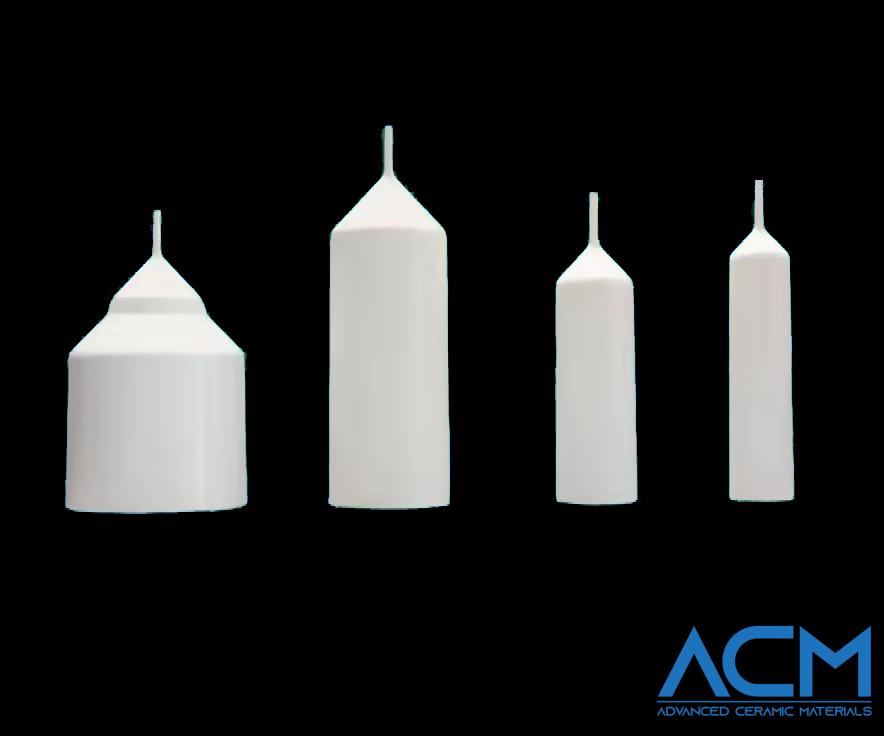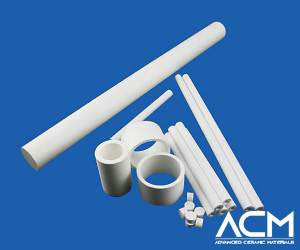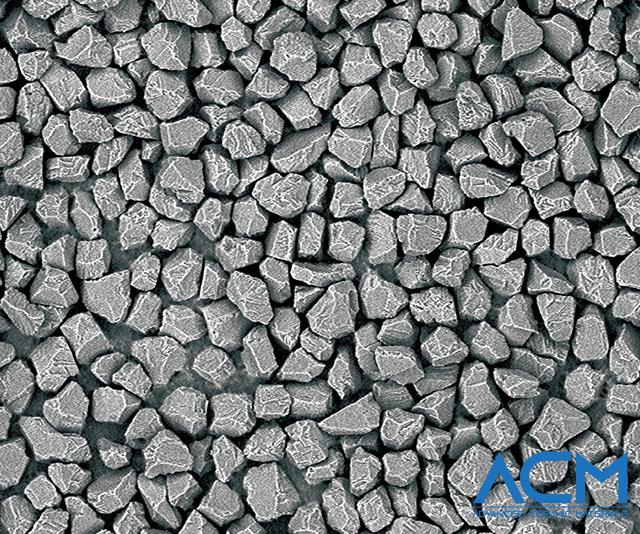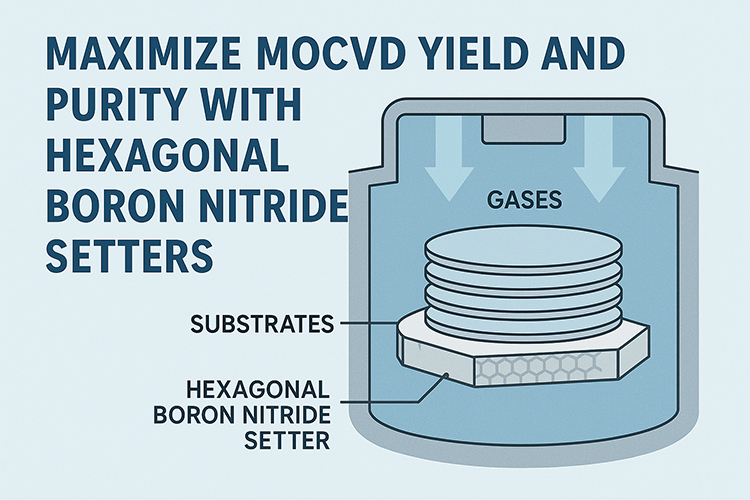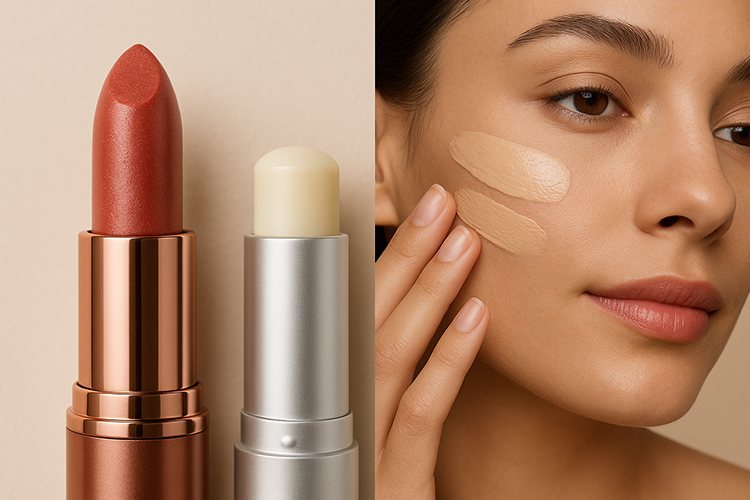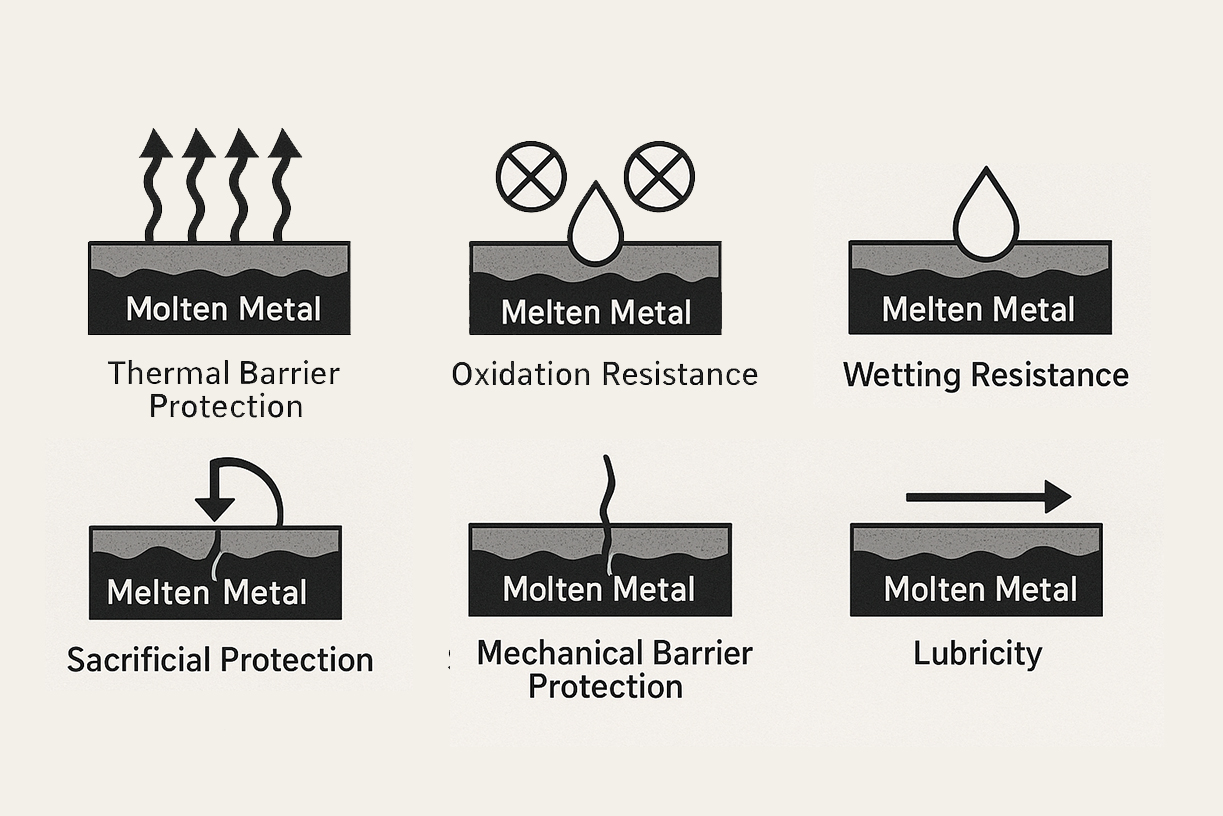Advanced Ceramics: Background, Types, and Applications
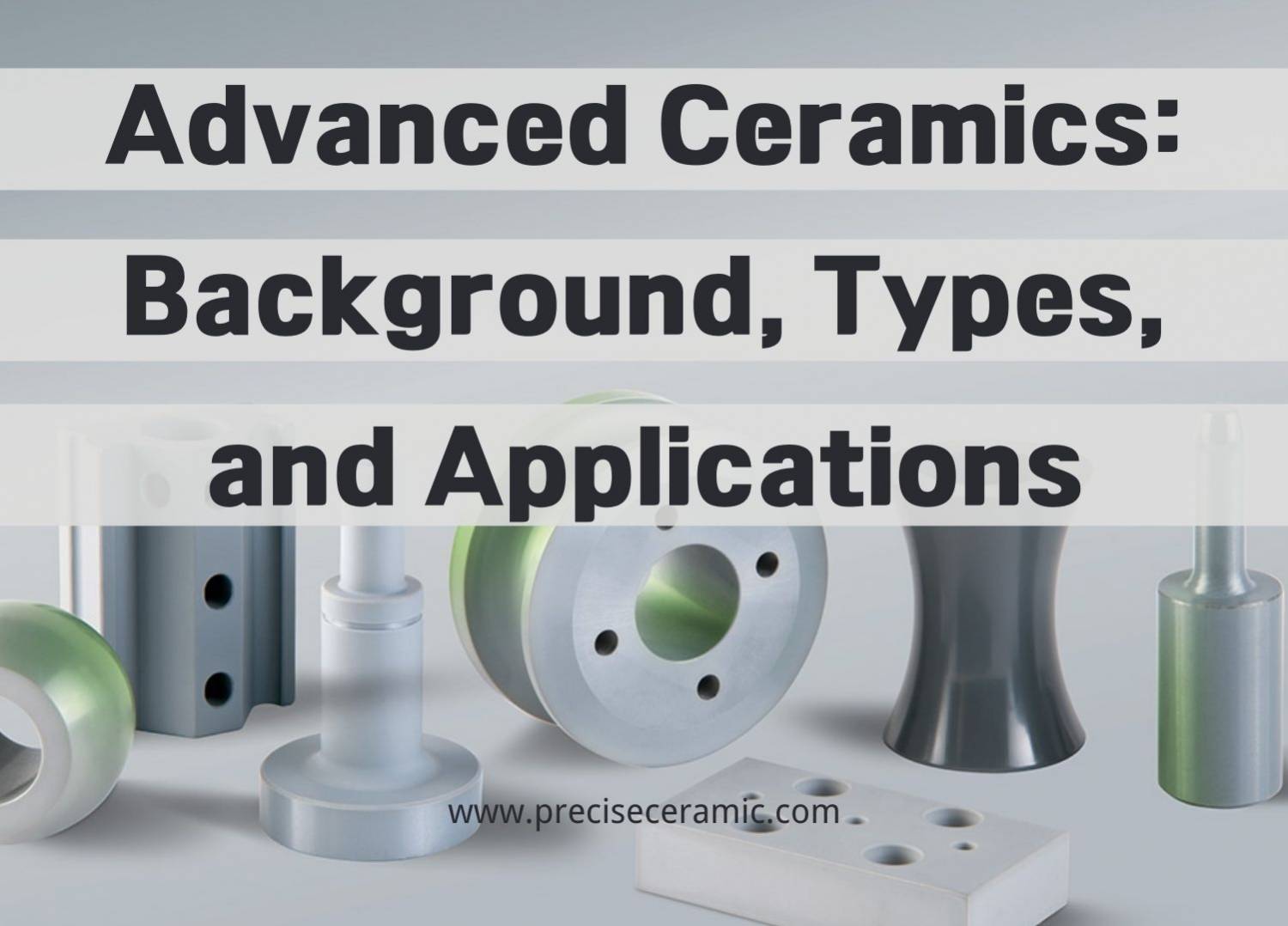
Background
The name 'Ceramic' was derived from the Greek word 'keramikos', meaning 'of pottery'. Ceramics are mainly known as inorganic and non-metallic materials, shaped and hardened by heat at high temperatures. Glass, brick, and cement are all examples of Ceramics. Before the advancement in ceramics, there was an old method of producing ceramics. It is one of the oldest human technologies, using clay, molding, and hardening at high temperatures to make ceramics. Traditional ceramics refer to pottery, stone tools, porcelain, and bone china. The production of traditional ceramics dates as far back as thousands of years. According to archaeologists, the oldest pottery known to humanity is approximately 20,000 years old.
Development of Advanced Ceramics
As technology has improved over the years, so have the materials and patterns used in traditional ceramic production. Unlike traditional ceramics, advanced ceramics have expanded their definition and importance and have gone beyond the barriers of clay-based and pottery, incorporating inorganic non-metallic materials.
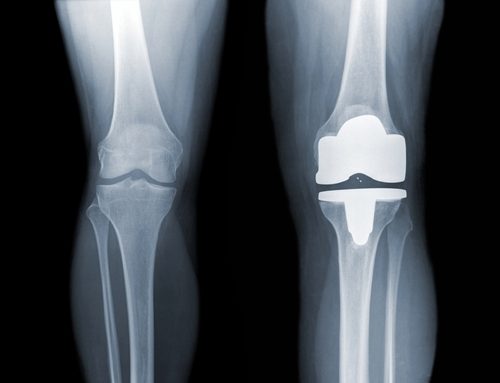
Advanced ceramic materials play a big part in the development of a wide variety of manufacturing industries, such as metal production and processing, electronics, automotive, aerospace, medical, telecommunications, and transportation. Having established the difference between traditional ceramics and advanced ceramics, let's dive into the types of advanced ceramics, their special features, and their applications.
Types and Applications of Advanced Ceramics
Alumina
Also known as aluminum oxide, Alumina is one of the most widely used advanced ceramic materials. This white, well-balanced material has been used for decades in mechanical parts and electrical components because of its various levels of purity, hardness (which is used as an abrasive to produce aluminum metal), and high melting point (which is used as a refractory material). This advanced ceramic material also has other impressive attributes, such as a high level of mechanical strength, high corrosion resistance, excellent wear resistance, high compressive strength, and low density. All of these characteristics make it one of the strongest and most popularly used advanced ceramic materials.
Application: Alumina ceramic is used in the production of wear and heat-resistant liners, lithium-ion batteries, pump seals, electrical insulators (such as spark plugs), armor protection, glass, bearings, etc.
Zirconia
Zirconia, or zirconium dioxide (ZrO2), comes in white or black colors, possesses a wide array of desirable properties, and is completely chemically unreactive, making it suitable for use in different industries. Its outstanding properties, such as superior wear and abrasion resistance, low thermal conductivity, high thermal shock resistance, high mechanical strength, and impressive corrosion resistance, make it one of the strongest and most widely researched ceramic materials.
Application: Because of its unique properties, some of which are similar to alumina, zirconia is used in the manufacture of cutting instruments and tools, aerospace, microengineering, medical, electronics, filters, oxygen gas sensors, etc.
Silicon Carbide
This particular technologically advanced ceramic is rare in nature and mostly found in the mineral moissanite. Silicon carbide was first discovered by an American scientist, Dr. Edward Goodrich Acheson. It is the only chemical compound of carbon and silicon and produces very strong and hard metals. It was originally produced by a high-temperature electrochemical reaction of sand and carbon, yielding a product that is used as an abrasive, refractory resistor, and electric resistor. With an exceptional hardness of 25Gpa and a low density of 3.21gCm-3, silicon carbide is the most important advanced ceramic in contemporary applications. The chemical and thermal properties that make this advanced ceramic material very desirable are high operating frequency and temperature (operating up to 200 °C junctions), excellent thermal management, and high energy efficiency.
Application: Silicon carbide is a semiconductor that is most suited for power applications due to its ability to withstand high voltage. It is also used to manufacture sealing materials for pump shafts, battery chargers, motor control systems, converters, and power supplies.
Silicon Nitride
Silicon nitride was identified as one of the few ceramic materials capable of withstanding the severe shocks and thermal gradients generated in hydrogen and oxygen-based rocket science. It is used in a variety of structural applications due to its impressive combination of properties, such as good oxidation resistance, mechanical fatigue and creep resistance, low density, and excellent wear resistance.
Application: Because of its hardness, thermal stability, and resistance to wear, silicon nitride is used as a material in making engine parts in the automobile industry, ball bearings, micro shutters, and cutting and shaping tools. It also exhibits antibacterial, antifungal, and antiviral properties. Silicon nitride has shown excellent mechanical, physical, thermal, structural, and biological properties, making it potentially useful as dental and medical implants.
Cubic Boron Nitride (CBN)
Cubic boron nitride, with a diamond-like structure, is the second hardest material, following diamond, with a hardness of 4500 kg.mm-2 compared to diamond's 6000 kg.mm-2. Cubic boron nitride (c-BN) is made by compressing hexagonal boron nitride (h-BN) at high pressure and temperature. It is generally adopted as an abrasive. Because of its chemical nature, CBN has no affinity for low-carbon steel and is widely used for grinding high-speed steel. It has superior thermal and chemical stability, high-temperature stability, high thermal conductivity and electrical resistivity, and chemical inertness. Its benefits arise from its insolubility in iron, nickel, and related alloys at high temperatures.
Application: it is popularly used for grinding wheels, to manufacture tools and armor, bearings, automobile parts, and engine parts, it has a low coefficient of friction that results in a smooth weld surface, it is also utilized as a good insulator due to its wide bandage, a heat sink in semiconductor lasers, microwave device and LEDs emitting light at a wide spectrum.
Wrapping Up
The uses of advanced ceramics go beyond the scope highlighted here, especially in the manufacturing industry. Studies have shown that advanced ceramics have applications in the electrical, electronic, optical, and magnetic industries. The wide and varying nature of their application is explained by their extremely desirable properties. For more information, please visit https://www.preciseceramic.com/.
{{item.content}}
LEVE A REPLY
{{item.children[0].content}}
{{item.content}}
LEAVE A REPLY
SUBSCRIBE OUR NEWSLETTER
- Boron Nitride Coatings: The Solution for Molten Metal Applications
- Boron Nitride in Cosmetics: Enhancing Performance and Sensory Appeal
- Maximize MOCVD Yield and Purity with Hexagonal Boron Nitride Setters
- What Are the Advantages and Uses of Boron Nitride Ceramic Sheet?
- The Compression Annealing Advantage for Pyrolytic Boron Nitride










